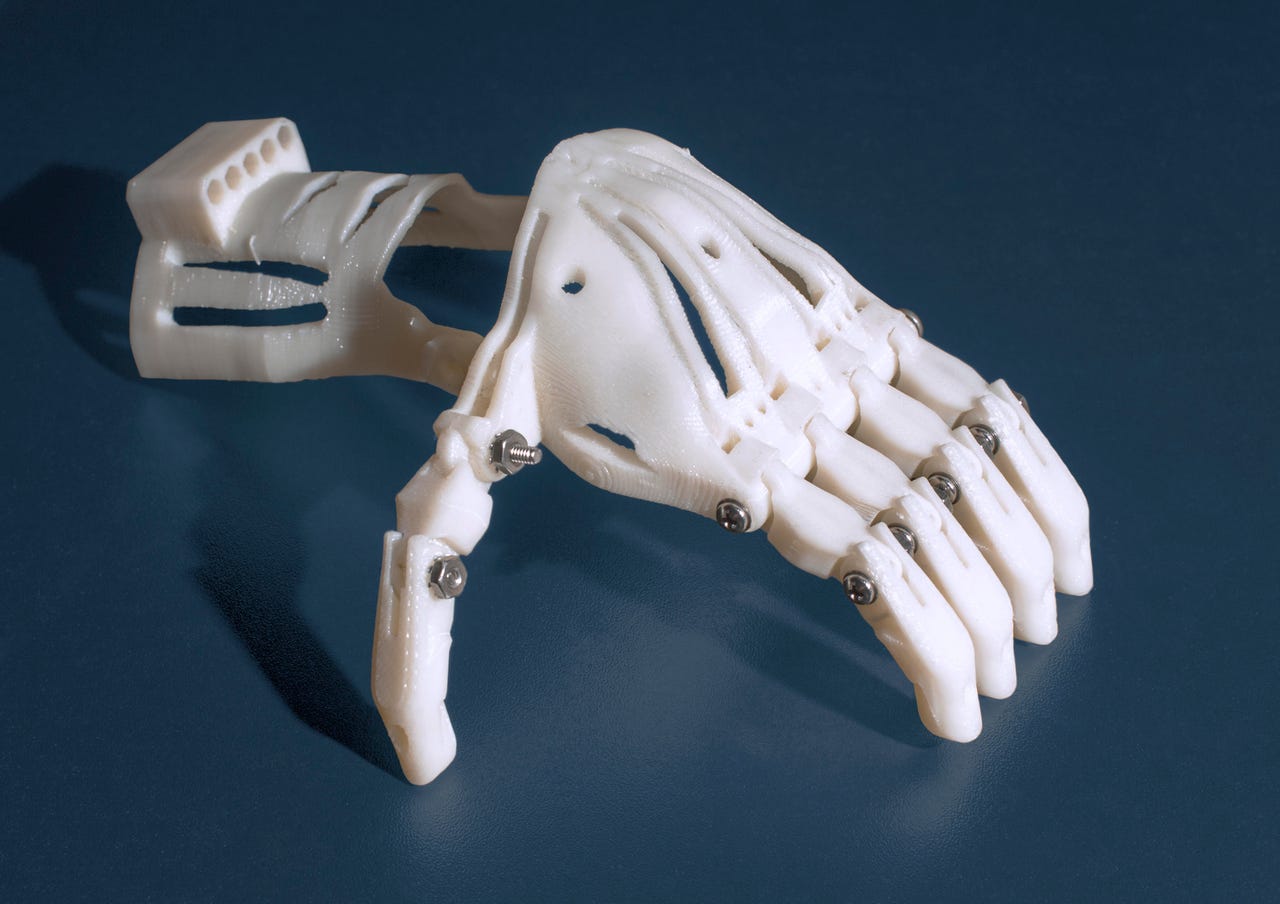2020 predictions: 5 telling trends in 3D printing


Last year saw staggering growth in the enterprise 3D printing market, which is shaking up manufacturing sectors around the globe. High-volume, low-value production manufacturing is shifting to a nimbler model, although the change isn't without some growing pangs, as recent on-demand manufacturing stumbles suggest.
Still, the growth is undeniable. According to a new report by 3D Hubs, an online manufacturing platform that provides engineers with on-demand access to a global network of manufacturing partners, the total value of 3D printed parts increased by a stunning 300 percent in 2019. Over 550,000 parts were 3D printed in 3D Hubs' ecosystem alone, and the total value of 3D printed parts tripled.
Every indication is that we're still at the shallow end of the adoption curve, with 2020 set to accelerate enterprise adoption. According to HP, who's been out front in the space, 2020 will see additive manufacturing replacing traditional manufacturing methods in many use cases.
With that in mind, here are five trends gleaned from ZDNet's coverage of 3D printing as well as the 3D Hubs report, which surveyed data from various news sources.
Where will impact be the greatest?
Almost without question, the biggest areas of immediate growth for 3D printing will be new product development, which is already seeing strong adoption, as well as aftermarket supply chains. The surprising thing may be the sheer volume of industries moving to additive manufacturing architectures on either end of the production ecosystem. We've seen applications across multiple industries, including Automotive, Aerospace, Maritime, Medical, Space, Sports, Motorsports, Railway, and Defense, to name just a few.
Investors are flocking to 3D printing, but this is the hottest area
For at least the last half-decade 3D printing has a space for entrepreneurs. What was first a wild west in hardware has, like many technology categories, become a race to develop novel software and applications. Given that the hardware landscape is becoming more defined, with big players emerging and elbowing out startups, it's no surprised that the venture market is looking at apps. According to 3D Hubs, a record $1.1B+ was raised by 3D printing startups in 3D printing in 2019 alone. Expect more money to flow in 2020.
Moore's law?
No one who frequents ZDNet needs Moore's law explained, but for those who stumbled into the movie in the middle, the famous prediction, made in the 1970s by Intel co-founder Gordon Moore, is, in simple form, that the total processing power of computers will double every couple years. Turns out 3D printing follows a similar trend of exponential growth in terms of overall market size. In this case, top analysts agree that, as adoption steadily increases, the total 3D printing market will continue to double in size approximately every three years.
Nevertheless, the picture isn't totally rosy. We've seen generally poor returns of publicly traded 3D printing companies so far, with no clear tipping point toward profitability in sight.
Another sunny year for the cloud
This one might as well be a general technology trend, but it applies to 3D printing in particular. The cloud is hte future as professional users turn to online manufacturing platforms. One reason is the incredible diversity of 3D printing materials and capabilities out there. With so much choice, it's getting difficult to conceive of a company maintaining in-house capabilities for all use cases. Online manufacturing platforms connect users to 3D printing capacity, adding an element of scale to the flexibility and agility of rapid manufacturing.
A piece of a larger puzzle
You might notice that technology reporters (like, um, this one) are quick to write about 3D printing, which has a certain technological cache, but much slower to tout related rapid manufacturing technologies. That error of omission has largely set 3D printing up to fail in the public consciousness.
That's because additive manufacturing is just one piece of a much larger puzzle. In 2020 expect more companies to integrate a full digital manufacturing stack that seamlessly incorporates 3D printing with technologies like CNC machine and low-run injection molding. Smart factories and digital supply chains will further lower barriers to entry that have long kept small companies out of manufacturing and large companies out of the innovation economy.